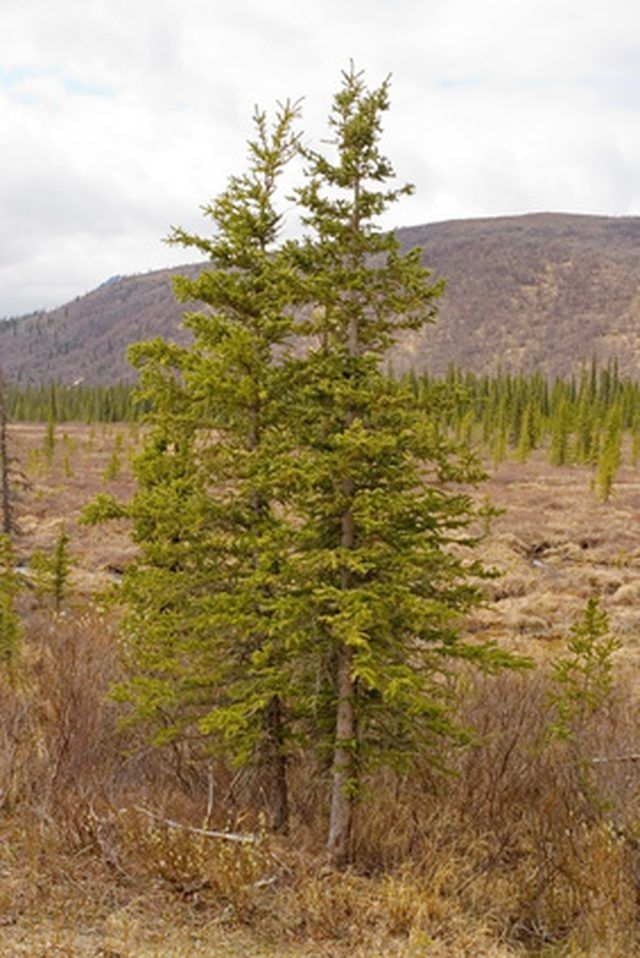Bulbs
Flower Basics
Flower Beds & Specialty Gardens
Flower Garden
Garden Furniture
Garden Gnomes
Garden Seeds
Garden Sheds
Garden Statues
Garden Tools & Supplies
Gardening Basics
Green & Organic
Groundcovers & Vines
Growing Annuals
Growing Basil
Growing Beans
Growing Berries
Growing Blueberries
Growing Cactus
Growing Corn
Growing Cotton
Growing Edibles
Growing Flowers
Growing Garlic
Growing Grapes
Growing Grass
Growing Herbs
Growing Jasmine
Growing Mint
Growing Mushrooms
Orchids
Growing Peanuts
Growing Perennials
Growing Plants
Growing Rosemary
Growing Roses
Growing Strawberries
Growing Sunflowers
Growing Thyme
Growing Tomatoes
Growing Tulips
Growing Vegetables
Herb Basics
Herb Garden
Indoor Growing
Landscaping Basics
Landscaping Patios
Landscaping Plants
Landscaping Shrubs
Landscaping Trees
Landscaping Walks & Pathways
Lawn Basics
Lawn Maintenance
Lawn Mowers
Lawn Ornaments
Lawn Planting
Lawn Tools
Outdoor Growing
Overall Landscape Planning
Pests, Weeds & Problems
Plant Basics
Rock Garden
Rose Garden
Shrubs
Soil
Specialty Gardens
Trees
Vegetable Garden
Yard Maintenance
How to Care For Cedar Trees in the Winter
How to Care For Cedar Trees in the Winter. Cedar trees are fragrant evergreens that grow to between 40 and 45 feet tall and spread 15 feet wide. They are slow-growing trees, adaptable to most northern landscapes and tolerant of many soil types. Cedar trees do need protection during the winter, however.

Cedar trees are fragrant evergreens that grow to between 40 and 45 feet tall and spread 15 feet wide. They are slow-growing trees, adaptable to most northern landscapes and tolerant of many soil types. Cedar trees do need protection during the winter, however.
Things You'll Need
Soaker hose
Pick or other sharp tool
Burlap strips
Twine
Chicken wire
Mulch
Branches
Use a pick or other sharp tool to poke holes in the ground around the cedar tree within one to two feet from the trunk, depending on how wide the branches are spread.
Lay a soaker hose upside down around the tree where you punched the holes.
Soak the ground around the tree for eight to 10 hours once in September and once in October, before the ground freezes. This will provide all the water the cedar tree will need throughout the winter.
Cover the ground around the tree with a thick layer of mulch, three to four inches, and then cover the mulch with heavy branches to hold it down. The branches will prevent the mulch from blowing away during high winter winds, and the mulch will insulate the ground and tree from the cold and snow.
Wrap the trunk of the tree with burlap strips and twine to protect the trunk from rapid weather changes and animals. Surround the burlap and twine with chicken wire. Do not tie the burlap too tight around the tree.
Install a snow fence on the north side of the tree if you live in an area with high snowfall and high winds.
Tips & Warnings
Plant cedar trees in well-draining soil to protect their roots from freezing in the winter. You can water cedar trees until the ground freezes, only if they are excessively dry. Sprinkle a balanced fertilizer around the tree before fall watering to give it the nutrients it needs for winter. Plant cedar trees in the fall, because they will experience less stress and won't need as much preparation for winter.
If cedar trees are planted near streets or sidewalks, be careful about using salt to melt the snow and ice in the winter. Salt can dry out and kill cedar trees.